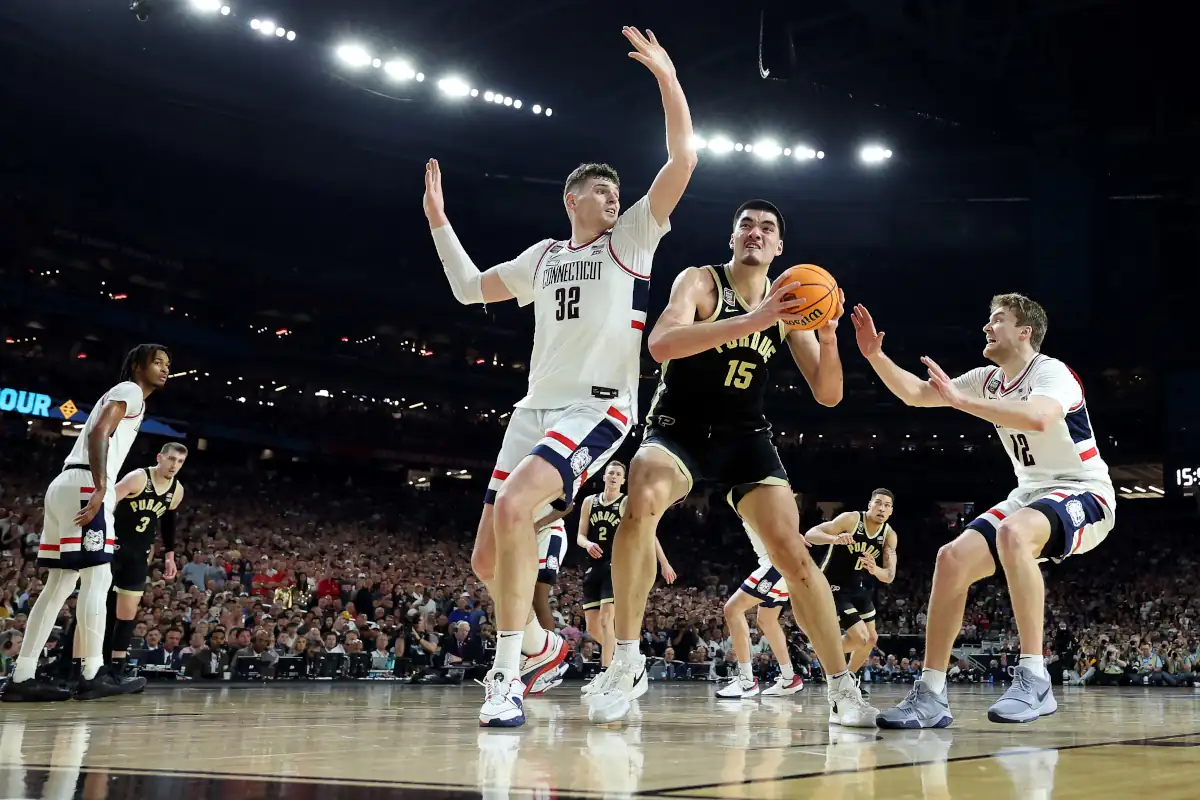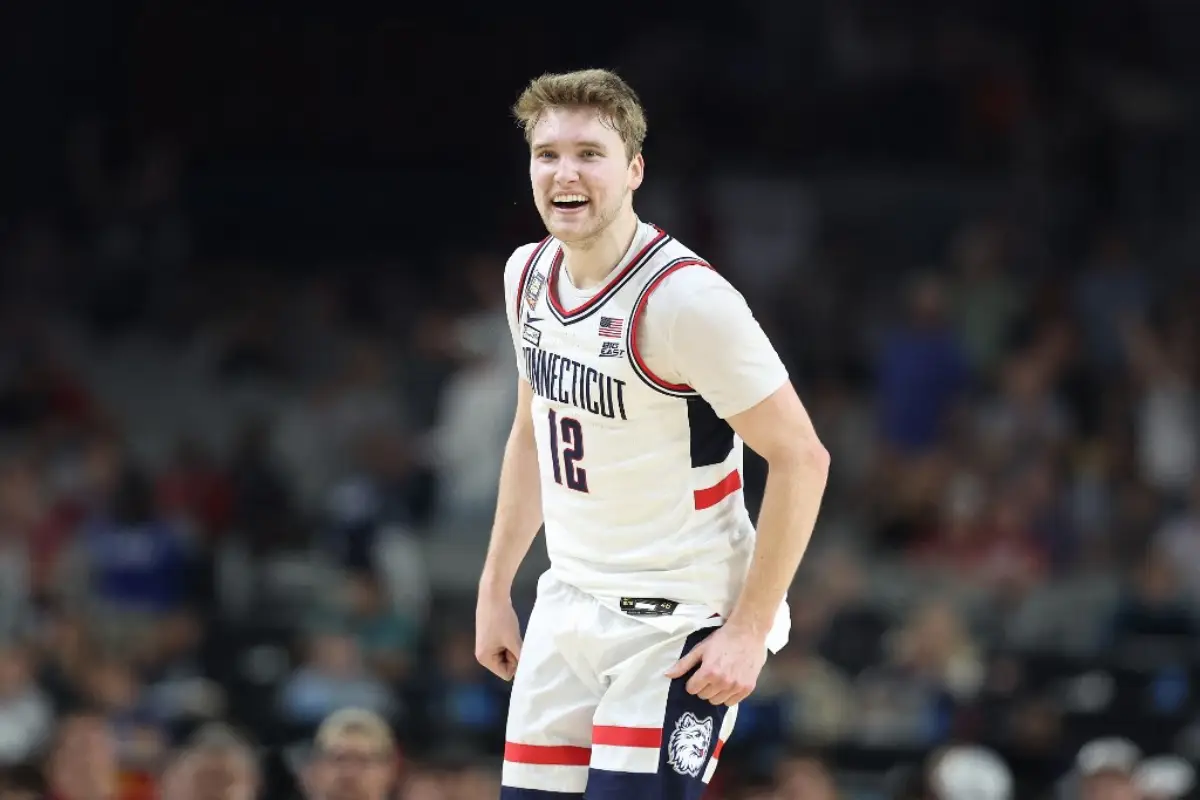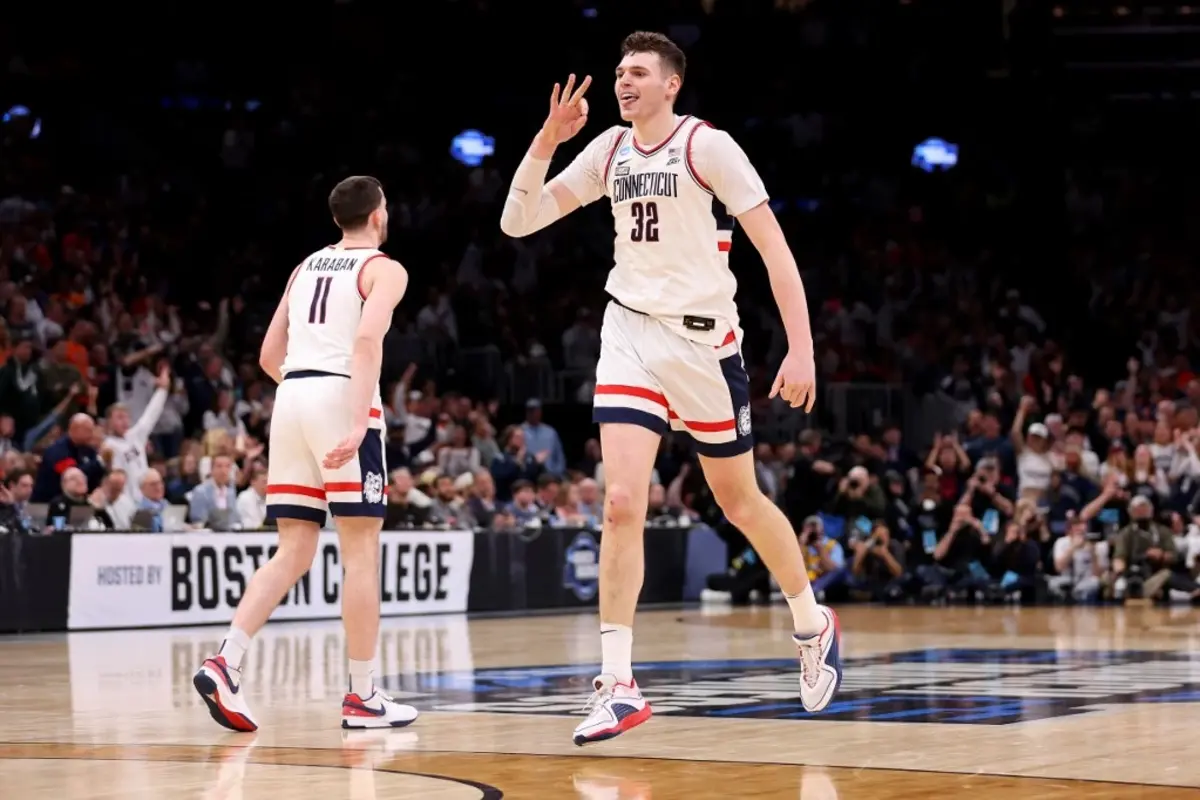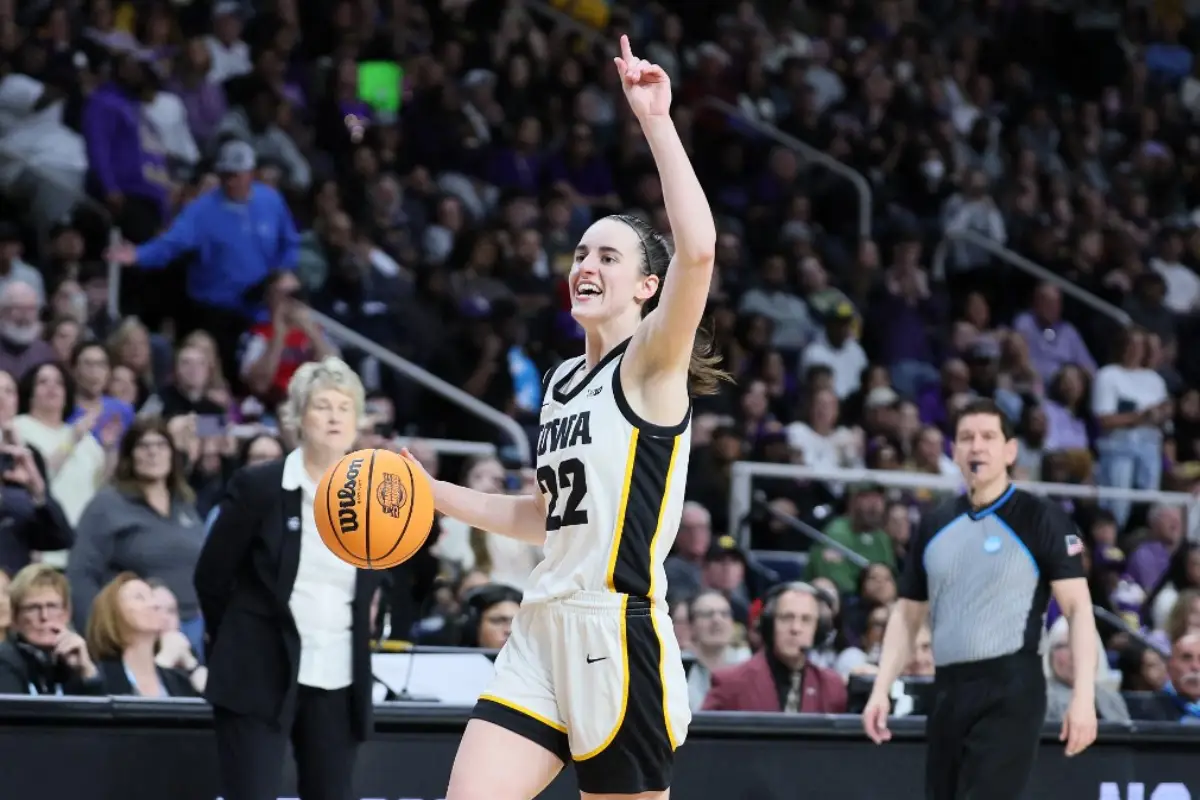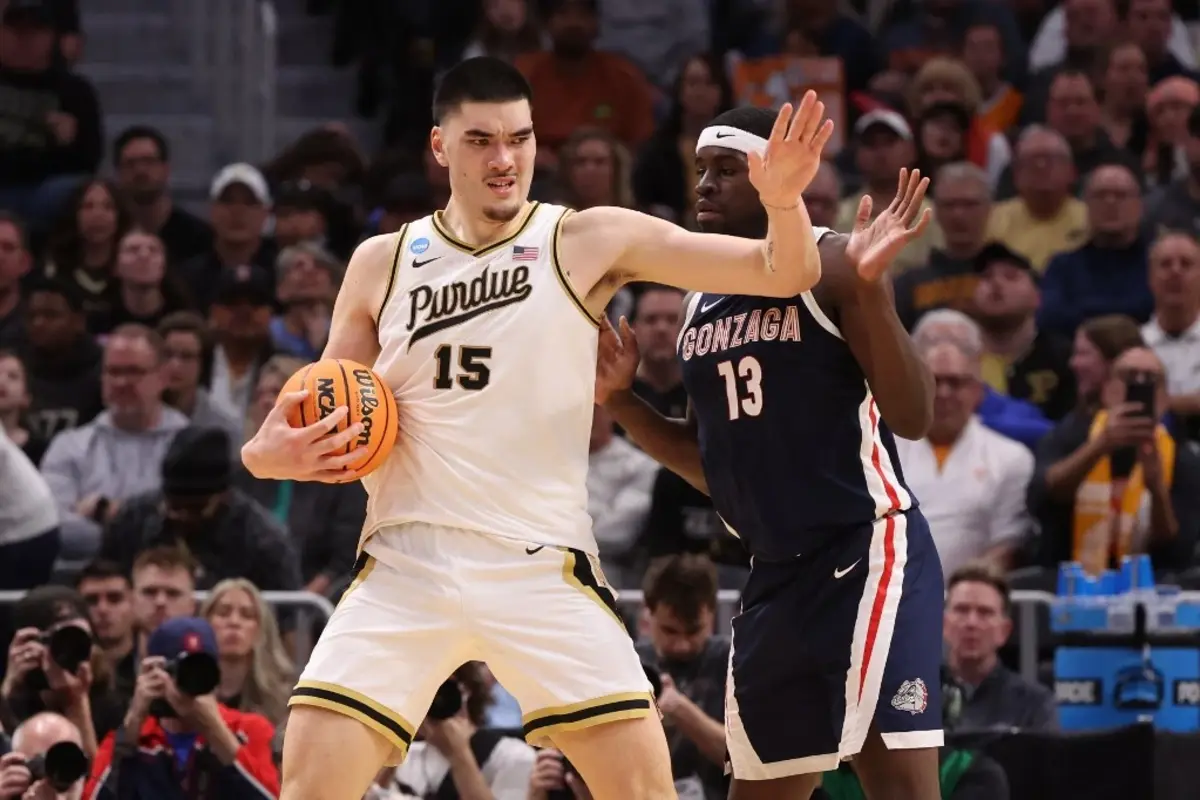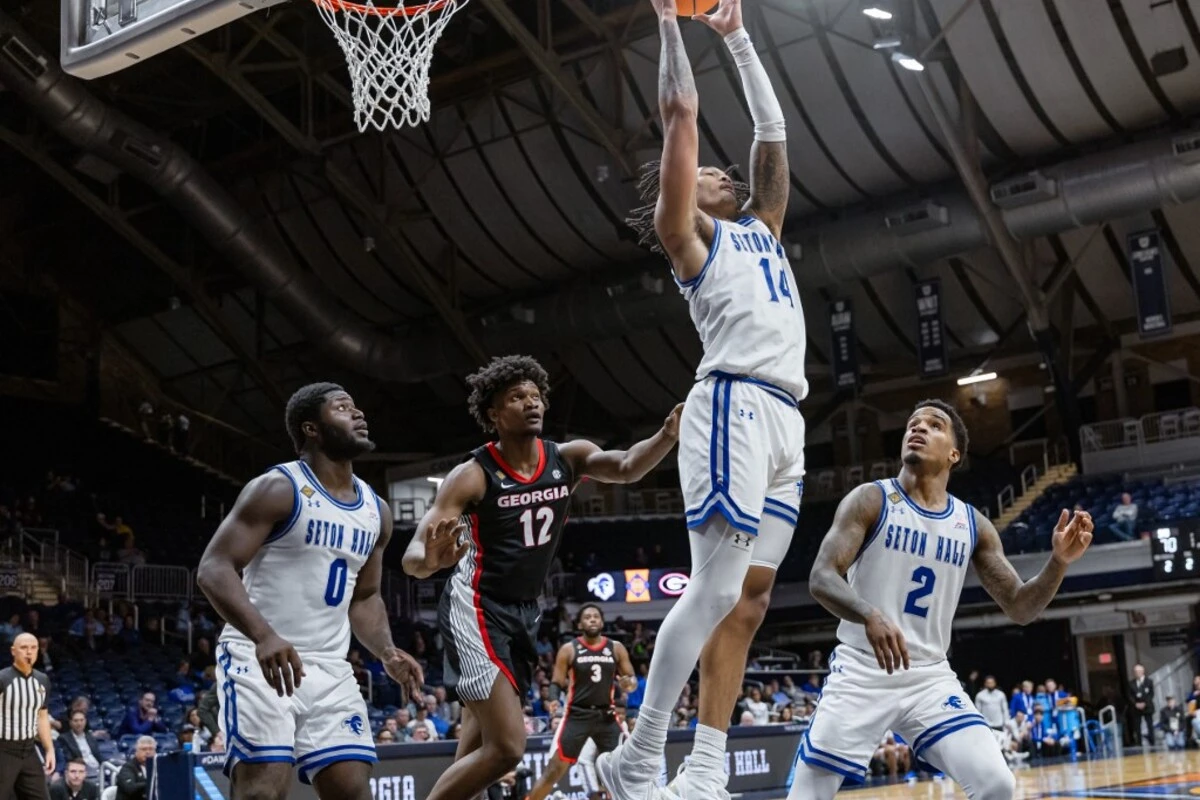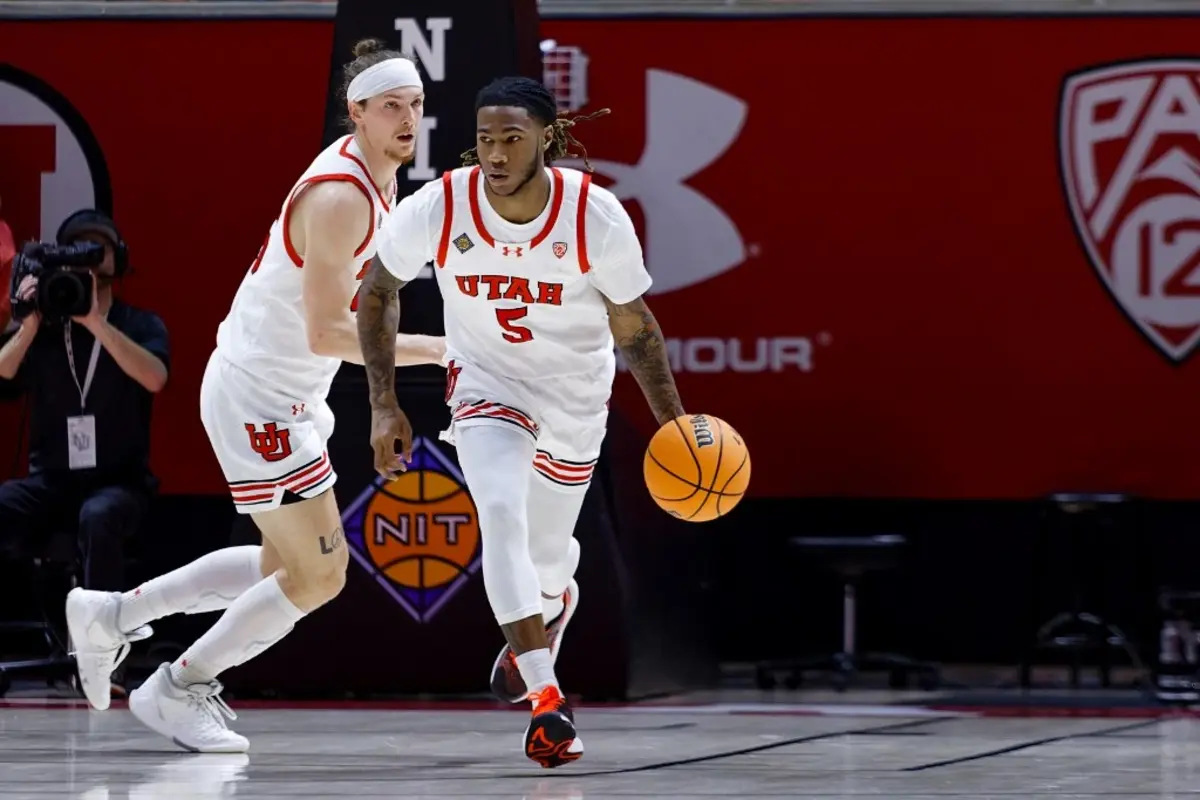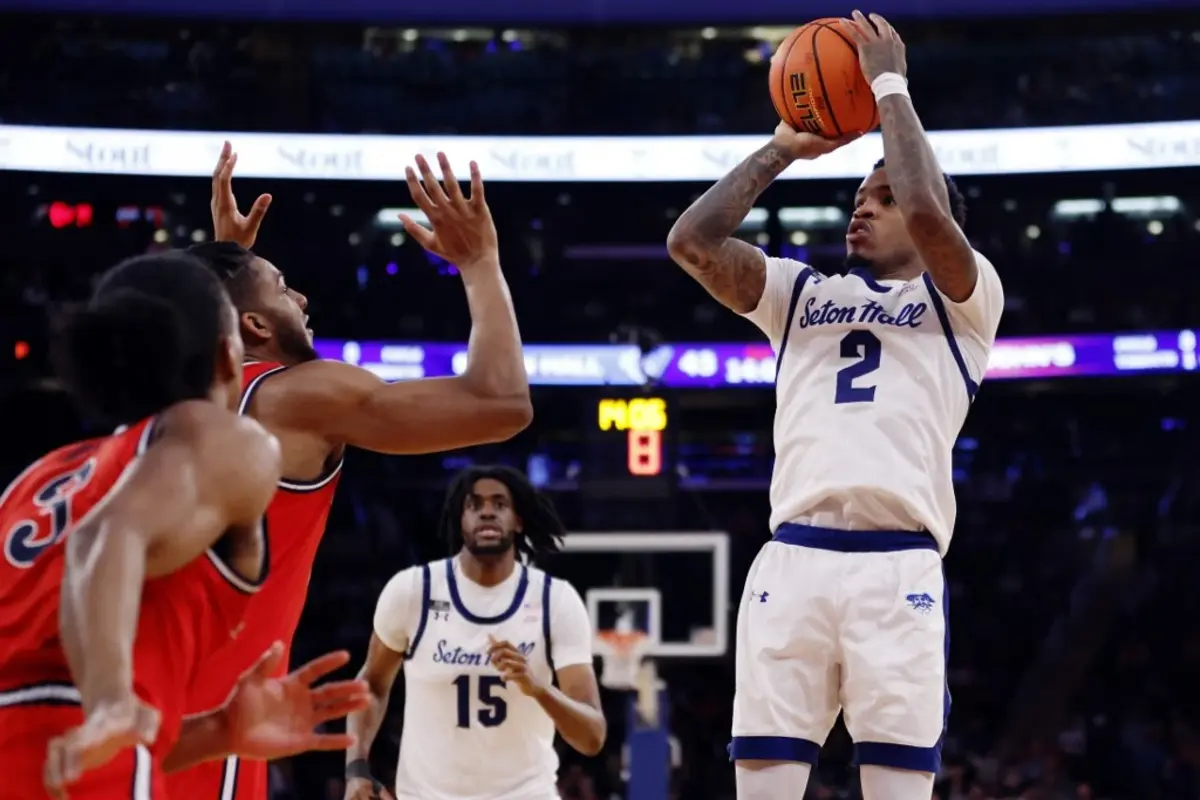 Bearcats
Bearcats
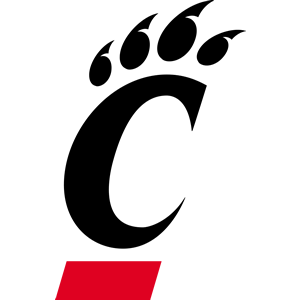 Bearcats
Bearcats
Cincinnati Bearcats
Team Summary
The NCAA season has been full of ups and downs for Cincinnati Bearcats. To begin the season, their defense clamped down. They allowed just 14 total field goals to Evansville all game en route to a 22 point win. Then, against Georgia, the Bearcats forced 13 turnovers, including 8 steals. This was good enough for a win over the Power Five Bulldogs, despite Georgia shooting nearly 49% from the field. Continue for more Cincinnati Bearcats Stats.
Later, after blowout wins over Alabama A & M and Presbyterian, Cincinnati’s signature moment of the year came at the Sprint Center on November 22 against Illinois. While leading by 3 at halftime would have been considered an accomplishment, they weren’t done. The Bearcats outscored the heavily favored Illini by 17 in the second half en route to a 20 point victory. Their defense shined in this win, most notably holding Illinois to just 3 three-pointers (13.6%) the entire game.
After this signature win, instead of making their case for a national ranking, the Bearcats started a skid. After listing to Arkansas narrowly, Cincinnati also dropped a close one to Monmouth before barely beating Miami of Ohio. Later, among some blowout wins over Bryant, Florida A & M, Ashland, and Tennessee Tech, they themselves were blown out by Xavier. Most recently, the Bearcats lost to upstart Tulane by 8.
Cincinnati Bearcats Standings
Rooted in 1901, the Cincinnati Bearcats Stats boast a rich and storied basketball history. They’ve captured two National Championships (1961 & 1962), 22 conference championships, and numerous postseason appearances. Players like Oscar Robertson, Kenyon Martin, and Chad Coleman have etched their names in Bearcat lore, becoming NBA legends. While recent seasons haven’t yielded the same dominance, the program’s passionate fanbase and dedicated coaching staff fuel aspirations for a return to national prominence.
Team History
Historically, Cincinnati has been one of the most successful programs in the Nation. In fact, they have won 1,848 games, which is the 12th most out of all programs. In the 1950s and 1960s, the Bearcats boasted players like Oscar Robertson, Jack Twyman, Ron Bonham, and Paul Hogue. Cincinnati also won back-to-back NCAA titles in 1961 and 1962. It’s also worth noting that they narrowly lost a third straight title in 1963, despite holding a big lead.
Despite not having much success in the NCAA tournament in the 1970s, the Bearcats did win two-thirds of their games.
Coach Bob Huggins (The current coach at West Virginia), along with players like Corie Blount and Nick Van Exel, took the Bearcats to the Final Four in 1992. They eventually lost to Michigan.
In the 21st century, Cincinnati has seen even more success. In 2000, they seemed ready to make a deep run toward a National Championship before Kenyon Martin broke his leg before even making it to the tournament. This derailed all National Championship hopes. Their hopes were again dashed in 2002, as they were upset by UCLA. In 2012, they made it to the Sweet 16, and the round of 32 in 2018.
Cincinnati Bearcats Stats
Cincinnati has a total of two NCAA championships: one in 1961 and one in 1962. They have also made it to the final four six times: from 1959-1963 and then again in 1992. The Bearcats have also won their various conferences 29 times throughout their history.
This year, Cincinnati is a guard-heavy team, with their four top scorers being in the backcourt. They rely heavily on Jeremiah Davenport, a local guard who leads the NCAA team in points and rebounds. Cincinnati enjoys scoring early in the shot clock, relying on crisp ball movement around the perimeter to get open shots. Sometimes, they lean very heavily on this backcourt ball movement, without a huge scoring threat inside.
Regardless of how they are scoring, the Bearcats are shooting a respectable 41.8% from the floor, good enough to outscore their opponents by 9 and a half points. They have been good enough to defeat two power five teams in (Then ranked) Illinois and Georgia. Stingy defense in particular has allowed Cincinnati to succeed this year, earning more than six steals per game along with 4.4 blocks per game.
Championships
After a disappointing third-place finish in 1960 and the loss of all-time great Oscar Robertson, the Bearcats set off in 1960-61 as somewhat of an unlikely contender. They also brought in a new head coach, Ed Jucker, who had previously served as an assistant under George Smith. Smith transitioned to the Athletic Director role within the program after the 1959-60 season. The ‘61 Bearcats began the season by blowing out Western Michigan at home and defeating Miami of Ohio on the road by 8.
This was followed up by a shocking loss against Seton Hall at Madison Square Garden. Blowouts over Loyola Marymount and Nebraska were interrupted by another loss, this time at Saint Louis by 17 points. This set the stage for a huge NCAAB matchup in Peoria, IL against the number two Bradley Braves. Bradley dispatched the Bearcats by nineteen and sent the dejected team home for a long homestand.
Cincinnati responded to the disappointment by rattling off four straight wins over Dayton, George Washington, Houston, and North Texas. These victories began an 18 game win streak to close out the season, including back-to-back wins over number three Bradley and number 6 Iowa.
The Bearcats entered the 1961 NCAA tournament as a number 2 seed, promptly beating Texas Tech and Kansas State to send them to the Final Four. Once in the Final Four, they easily defeated Utah, then finally beat Ohio State by 5 for their first National Championship.
In 1962, Cincinnati rode a 29-2 record to a second title, again beating Ohio State in the championship game. The two losses that season came by a total of three points.
Important Team Events
One important event in the history of Cincinnati Bearcat basketball was the opening of Armory Fieldhouse in 1954. This arena saw some of the best teams in Bearcat history, serving as their home basketball arena until the mid-seventies. They played in various other on and off-campus facilities until 1989, when the Shoemaker Center (Now Fifth-Third Arena) was completed. Cincinnati plays in this arena to this day.
Another important event was in 1957 when Oscar Robertson made his debut for the Bearcats. Robertson, who went on to become one of the all-time NBA greats, averaged 33.8 points per game for Cincinnati. Robertson’s debut is one of the more important events in the history of the program since in many ways it marked the beginning of an era of success in Bearcat history. Robertson’s tenure overlapped with several other greats, such as Paul Hogue, who led them to a national title.
If you love sports and want more sports betting information follow us as @InsidersBetDig on Twitter and sign up to our mailing list for free betting picks.






